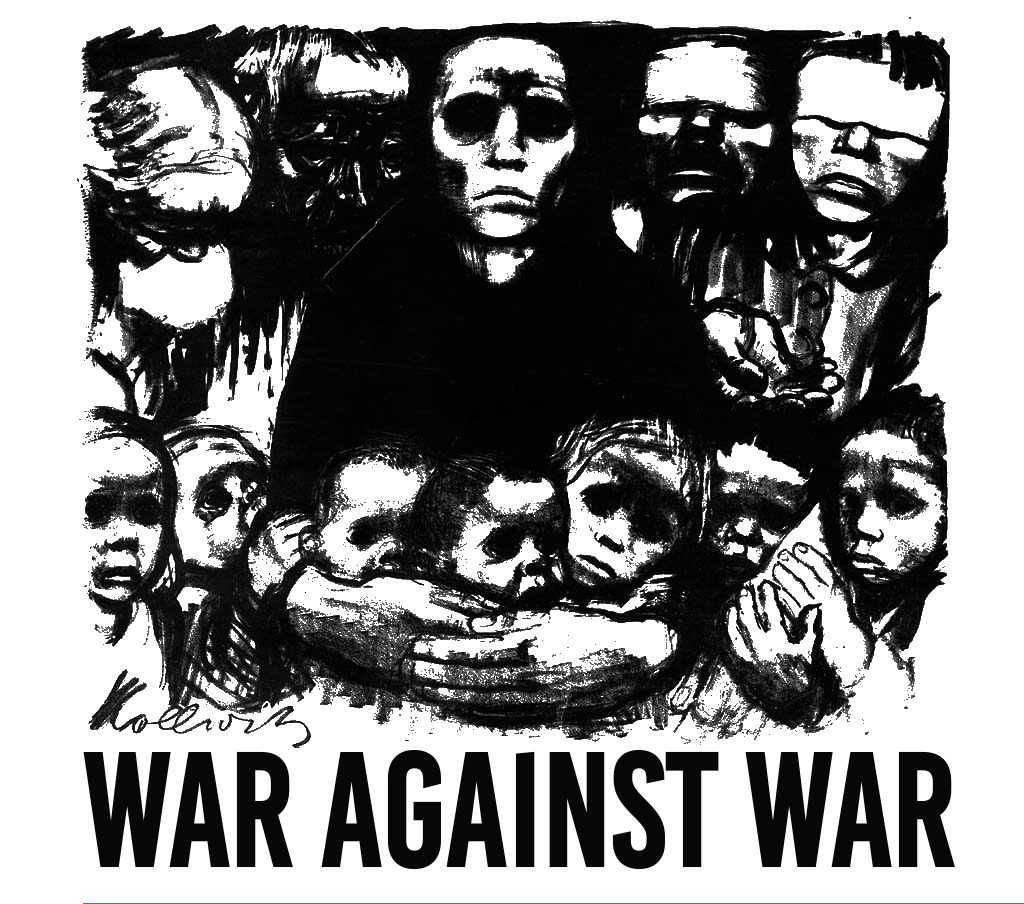This article introduces a novel corpus containing all resolutions adopted by the United Nations General Assembly (UNGA) from 1946 to 2019, the network of citations between them, and an online tool for exploring them. Resolutions adopted by the organization provide a valuable record of the evolution of multilateralism and political ideas on the global stage. Given that resolutions typically cite past ones, the resulting network of references offers a wealth of information on the UNGA’s most relevant themes over time. This article applies network analysis to the corpus of approximately 18,000 resolutions and 77,000 citations, aiming to answer questions such as: What are the most cited resolutions of all? Are there thematic clusters? And can we delineate historic patterns based on themes prioritized? Our findings show that leading resolutions, such as the Universal Declaration of Human Rights, stemmed from the early years of the UNGA and created cores around which thematic clusters emerged. We conclude by listing highly cited resolutions and prominent clusters, while also conducting a descriptive exploration of how some of the largest clusters formed. The dominant clusters addressed human rights, development, decolonization and peace and security, and by monitoring their evolution we offer a new, data-intensive account of the interaction between these topics since 1946.
This was originally published on SAGE Publications Ltd: Journal of Peace Research: Table of Contents.
